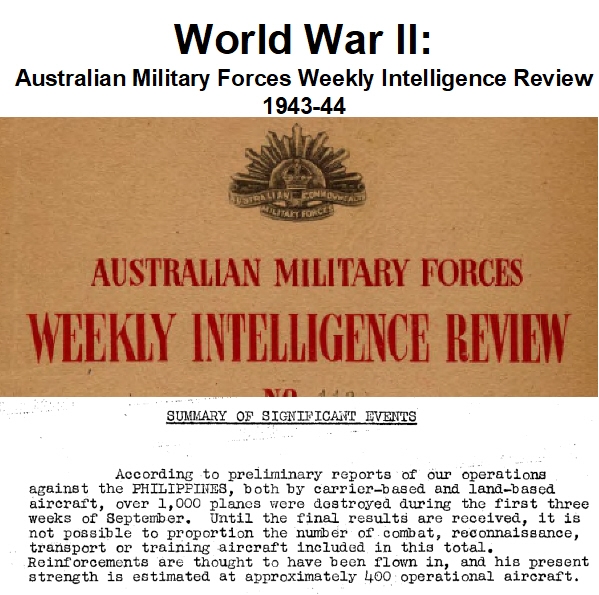
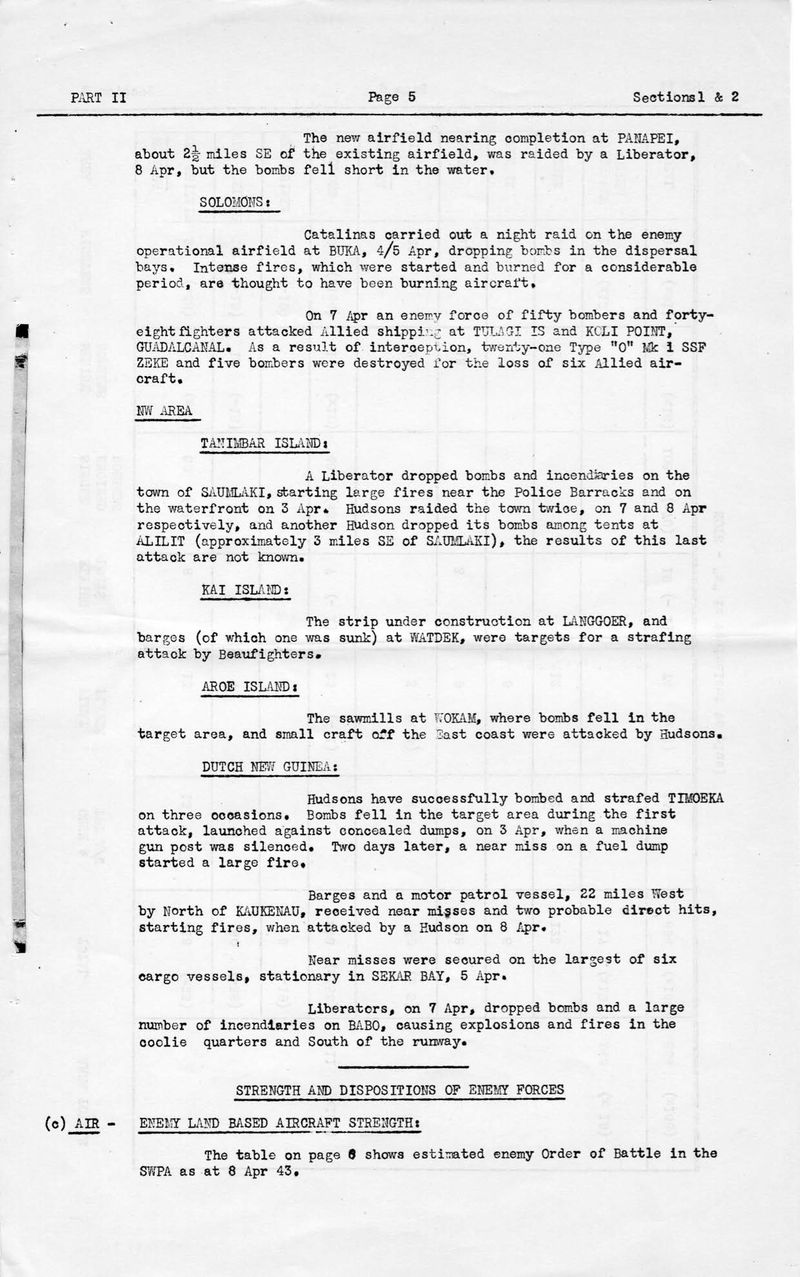
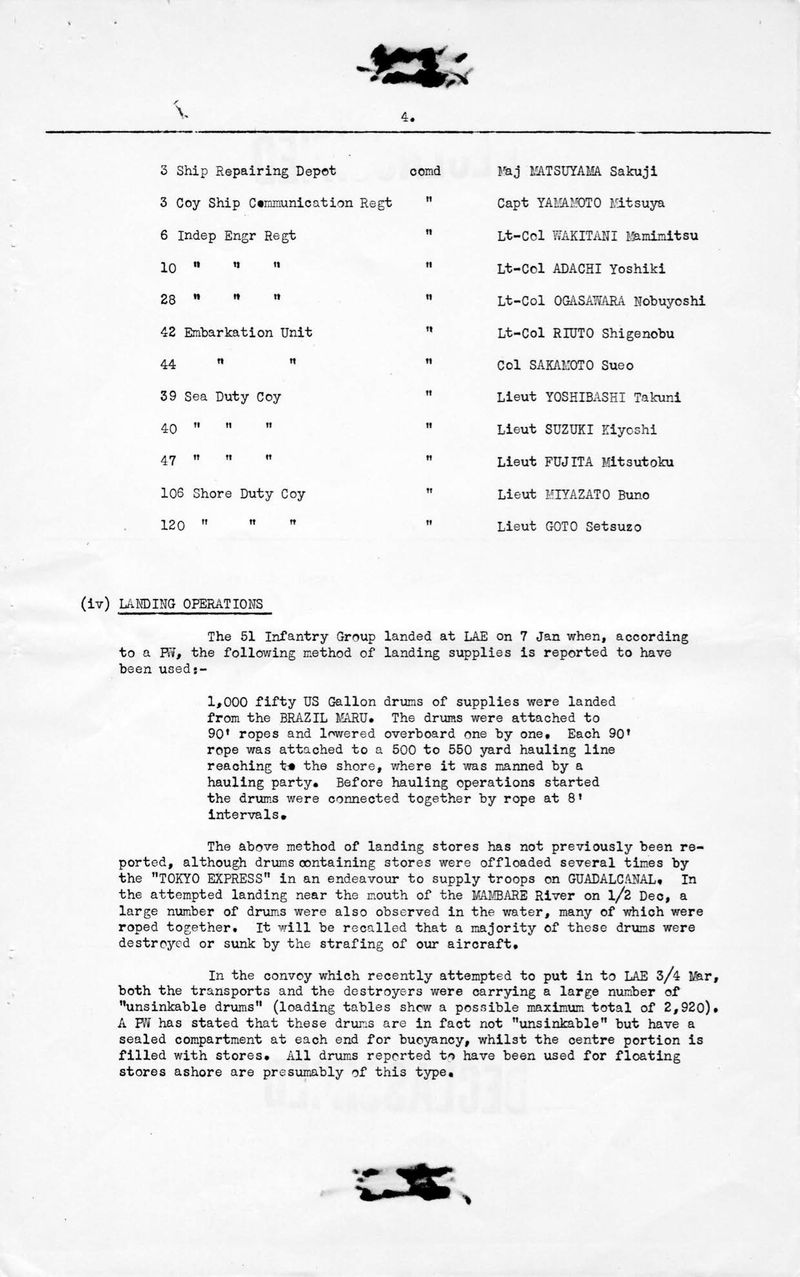
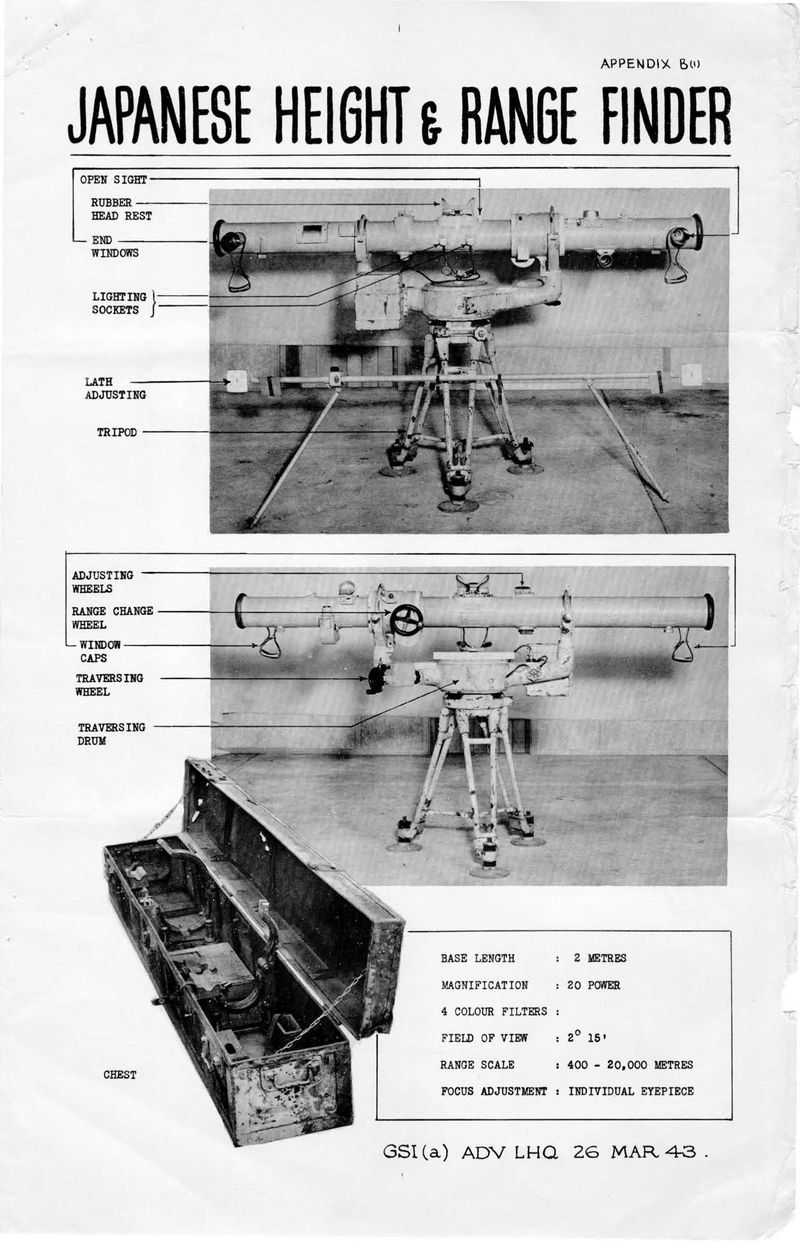
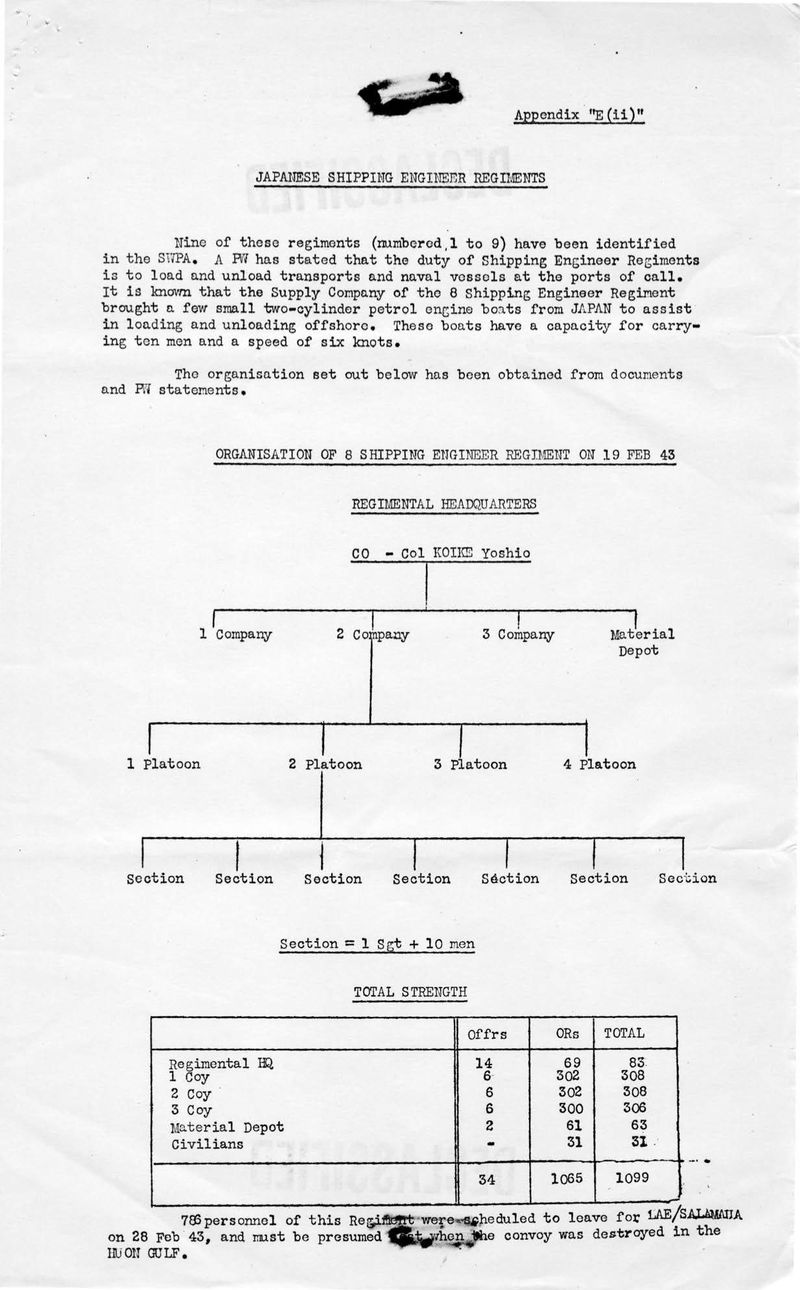
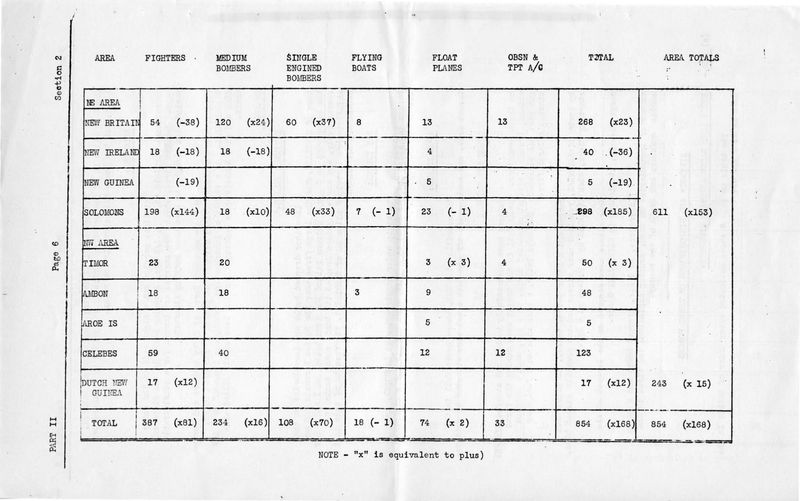
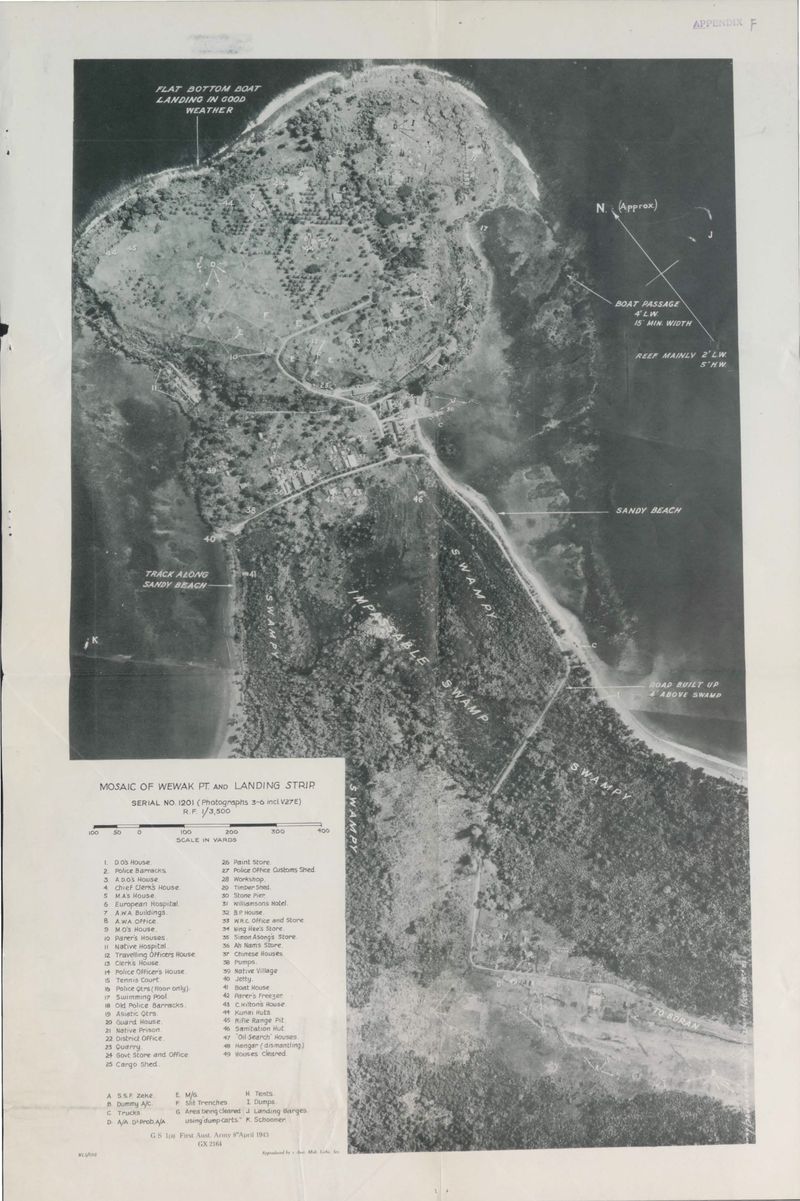
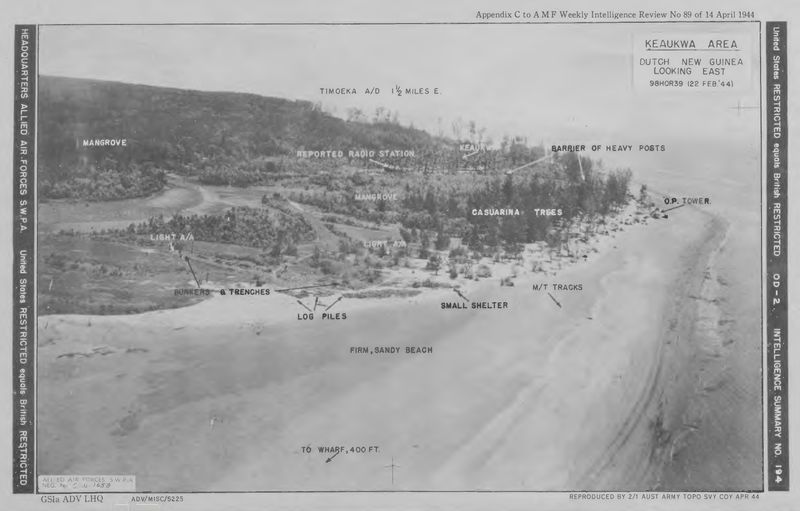
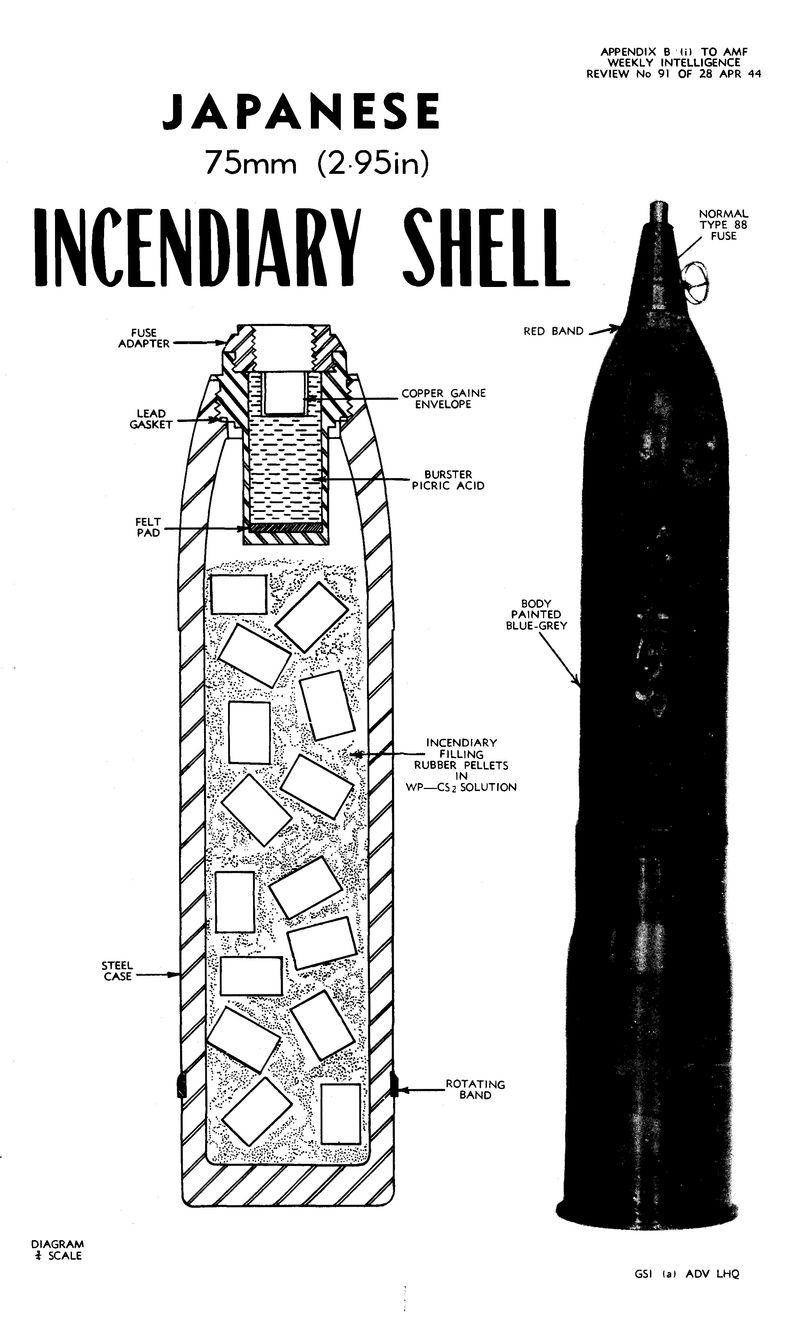
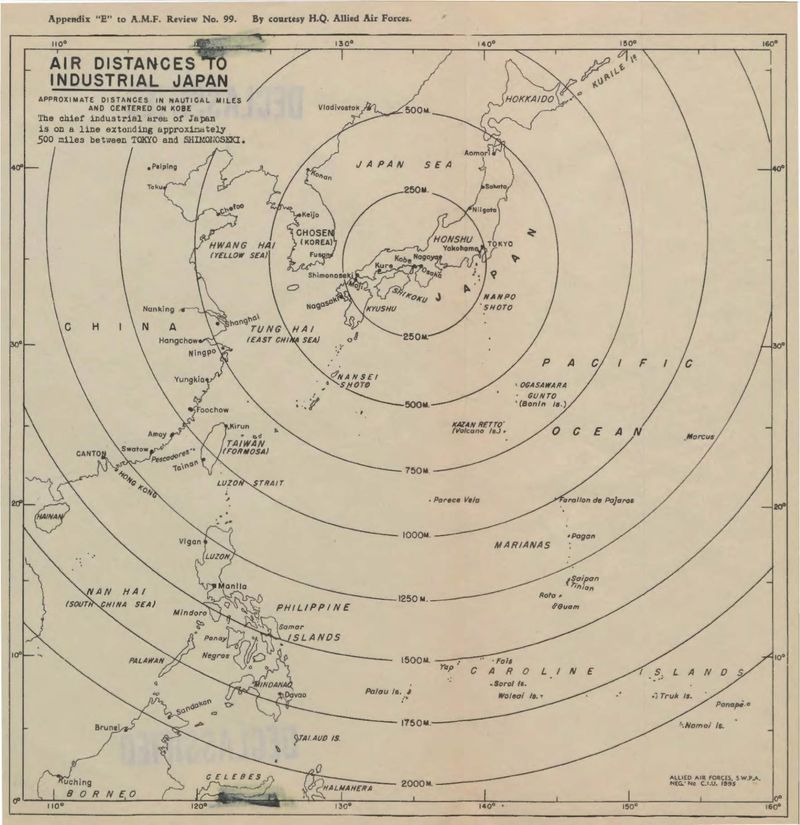
World War II: Australian Military Weekly Intelligence Reports 1943-44
$3.94
Description
Australian Military Intelligence in World War II: A Deep Dive into 1943-1944
A comprehensive look into the Australian Military Forces’ Weekly Intelligence Review from March 26, 1943, to November 17, 1944, reveals a trove of detailed information about the Pacific theater during World War II. These 21 issues, meticulously compiled by the Directorate of Military Intelligence (DMI) of the Australian Commonwealth Military Forces, provide unparalleled insight into enemy movements, operational strategies, and the overall war effort. Spanning 577 pages, these reports offer a granular view of the conflict, enriching our understanding of the Allied fight against the Japanese forces.
Unveiling the Enemy: A Chronicle of Intelligence Gathering
The Australian Military Forces Weekly Intelligence Review served as a vital instrument for the Allied war effort, providing commanders with crucial, up-to-the-minute information on Japanese activities. Each report compiles intelligence gathered from various sources, analyzed and presented in a structured format for easy comprehension and immediate strategic use. The reports consistently featured key sections such as enemy movements and operations, analysis of enemy strength and deployment, assessments of enemy organization and equipment, detailed topographical information, and critical security considerations. This data provided crucial context for better understanding the Japanese military capabilities and tactics, enabling effective countermeasures.
A Glimpse into Specific Issues: Key Intelligence Highlights
The sheer volume of information contained within these 21 issues warrants a closer examination of specific reports, highlighting their most significant contributions to the Allied understanding of the war.
Australian Military Forces Weekly Intelligence Review Number 34 (March 19, 1943 – March 26, 1943)
This initial report, covering the period from March 19th to 26th, 1943, sets the stage for the subsequent reports. It provides foundational information concerning enemy movements within specified operational areas, strength and disposition of enemy forces, analysis of enemy organizational structures, an assessment of their equipment, geographical details of relevant territories, and an overview of security protocols. Though specifics are not directly detailed within the limited information provided, the structure presented highlights the DMI’s commitment to comprehensive information gathering and clear data presentation.
Australian Military Forces Weekly Intelligence Review Number 36 (April 2, 1943 – April 9, 1943)
Following a similar structure to its predecessor, Number 36 continues the pattern of providing comprehensive intelligence summaries. This report, covering the period between April 2nd and 9th, 1943, maintains its focus on enemy movements, operational context, enemy forces’ strengths and deployments, organizational structure evaluation, characterization of enemy equipment, topographical details, and security assessments. Like Review Number 34, the exact details within these broad categories remain undefined due to data limitations, but the overall framework underscores the consistency and thoroughness of the DMI’s reporting.
Australian Military Forces Weekly Intelligence Review Number 89 (April 7, 1944 – April 14, 1944)
By April 1944, the operational context had significantly evolved. This report, covering the period from April 7th to 14th, delves into a summary of significant events, regional operational summaries, assessments of enemy strength and deployment, enemy organizational analyses, details on enemy equipment, tactical observations, and critical evaluations of captured documents. Visually, the report included illustrations of a Japanese anti-vehicular “yardstick” mine, aerial photographs of Keaukwa, Dutch New Guinea, and Waingapoe town (including shipping). These visual aids offer crucial contextualization to the written analysis, showing how the DMI integrated diverse data sources into its assessments.
Australian Military Forces Weekly Intelligence Review Number 91 (Information Period Not Specified)
Review Number 91 similarly structures its content, including sections on significant events, operation summaries by area, enemy strength, organization, equipment assessments, commentary on captured documents, and, as an illustration, sketches detailing the Hollandia landings and a provisional map of the Hollandia region in Dutch New Guinea. The inclusion of visual aids like these maps and sketches exemplifies the DMI’s commitment to improving clarity and understanding for the recipients of these reports.
Australian Military Forces Weekly Intelligence Review Number 92 (April 29, 1944 – May 5, 1944)
Number 92, covering the period from April 29th to May 5th, 1944, incorporated significant event summaries, area-specific operation summaries, enemy force strength and positional assessments, enemy organization analysis, details of enemy equipment, critical tactical observations, commentaries on captured documents, and appendices supplementing the core analysis. An illustration of a Japanese water filter (“Ishii” type) and a map revealing the Burma situation (compiled from information received until May 3rd, 1944) highlighted specific elements of concern. The inclusion of these maps continues to demonstrate a commitment to visual and contextual depth in analysis.
Australian Military Forces Weekly Intelligence Review Number 93 (May 5, 1944 – May 12, 1944)
Covering the period between May 5th and 12th, 1944, this report replicates the structure of its successor, focusing on crucial aspects like summaries of significant events, operational summaries by area, enemy force strength assessments, evaluations of enemy organization and equipment, tactical observations, evaluations of captured documents, and comprehensive appendices. The illustrations featured a Japanese wireless set (transmitter and receiver, Type 94 Mk 36 Model “D”) and a detailed analysis of the Japanese Army’s distribution of armies and divisions. These specific details underline the granular level of intel gathering and its clear presentation for consumers.
Australian Military Forces Weekly Intelligence Review Number 94 (May 12, 1944 – May 19, 1944)
This report, covering May 12th to 19th, 1944, maintained a similar structure to Number 93. Illustrations included a 40 mm twin and single barrel “Vickers-Armstrong” AA-Tk A gun, depiction of Allied landings in the Wakde area, a map showing Japanese Army distribution of independent mixed brigades, infantry brigades, and tank regiments, and illustration of Allied war progress throughout the Southwest Pacific. The focus on Allied operations in this visual representation showed the shifting dynamic of the war.
Australian Military Forces Weekly Intelligence Review Number 95 (May 19, 1944 – May 26, 1944)
Review Number 95, spanning May 19th to 26th, 1944, utilized a slightly different format. Part I summarized significant events. Part II covered operational summaries by area, enemy force assessments, enemy organization and equipment analysis, tactical analysis, and commentary on captured documents. Part III addressed other fronts, Part IV covered topographical information, and Part V covered security matters. Appendices included a Japanese 50mm flare or incendiary grenade, official U.S. Navy photos from Sabang, Sumatra, and data concerning enemy strength, disposition, and force levels in eastern New Guinea (as of March 18, 1944).The incorporation of U.S. Navy photographs demonstrates the collaboration and diversified data collection utilized by the DMI.
Australian Military Forces Weekly Intelligence Review Number 97 (June 2, 1944 – June 9, 1944)
Number 97, from June 2nd to 9th, 1944, mirrored the structure of Number 95. The appendices included a Japanese Type 97 (1937) 90 mm mortar and a map illustrating enemy strength in Japanese-mandated islands. The continued inclusion of maps highlights the ongoing importance of tactical and geographical intelligence.
Australian Military Forces Weekly Intelligence Review Number 99 (June 16, 1944 – June 23, 1944)
Review Number 99, covering June 16th to 23rd, 1944, utilized the same multi-part structure. Appendices featured a Japanese compass and clinometer, a “Type A” water filter, a map of Allied operations in the Mariana Islands, and information on air distances to industrial centers in Japan. The focus on air distances points to strategic planning related to air power campaigns against Japan.
Australian Military Forces Weekly Intelligence Review Number 101 (June 30, 1944 – July 7, 1944)
This report, covering June 30th to July 7th, 1944, provided summaries of significant events, operational summaries by area (land, sea, and air), enemy strength assessments (land, sea, and air), enemy organization and equipment analysis, tactical assessments, evaluations of captured documents, and general observations. Appendices covered Japanese armored cars and a perspective map which showed the Burmese operational landscape up to July 4th, 1944. The inclusion of both land, sea, and air assessments reflects the multi-faceted nature of modern warfare.
Australian Military Forces Weekly Intelligence Review Number 104 (July 21, 1944 – July 28, 1944)
Review Number 104, covering July 21st to 28th, 1944, continued the comprehensive reporting format, featuring detailed analysis of land, sea, and air operations, equipment analysis, enemy organization information, and assessments of captured documents. Appendices included a Japanese 57 mm (2.24 in.) Type 97 (1937) tank gun and a map showing Allied operations on Guam. The consistent inclusion of maps and weapons details underscores the intelligence effort’s multidimensional approach.
Australian Military Forces Weekly Intelligence Review Number 105 (July 28, 1944 – August 4, 1944)
Number 105, from July 28th to August 4th, 1944, followed the established framework. Appendices included a Japanese experimental self-projecting smoke candle, a perspective map of Europe, and information on the reorganization of the 31st Army. The inclusion of a European map reflects the awareness of Allied activities across multiple theaters of war.
Australian Military Forces Weekly Intelligence Review Number 109 (August 25, 1944 – September 1, 1944)
Review Number 109, covering August 25th to September 1st, 1944, maintained the multi-faceted reporting approach. Appendices included an overview of force distribution in the South and Central Pacific, illustrations of a Japanese incendiary cluster hand grenade, an analysis of the Tinian defense, intel about submarine activities, the bombardment of Saipan, and information surrounding military force reorganizations in the Pacific region. The focus on specific battles and island defenses shows a granular focus on operational intel.
Australian Military Forces Weekly Intelligence Review Number 113 (September 22, 1944 – September 29, 1944)
Number 113 followed a similar structure, encompassing intelligence gathering from September 22nd to 29th, 1944. Appendices included a Japanese 50mm smoke grenade, details on Japanese dummy installations, an analysis of Japanese independent mixed brigades, and a staff table for the 68 brigade units of the Karafuto mixed brigade. The detailed intelligence on Japanese tactics and brigade structures demonstrates the comprehensive approach to enemy force analysis.
Australian Military Forces Weekly Intelligence Review Number 114 (September 29, 1944 – October 6, 1944)
This report, covering September 29th to October 6th, 1944, included a similar comprehensive overview with appendices covering information on a Japanese prefabricated assault bridge, a distance map of the Pacific Area, and an assessment of the Japanese Navy’s contemporary capabilities. The shift toward assessing naval capabilities alongside land operations reflects the broader importance of naval activity at this stage of the war.
Australian Military Forces Weekly Intelligence Review Number 115 (August 25, 1944 – October 13, 1944)
Number 115 covers the period from August 25th to October 13th, 1944, maintaining the established detailed structure. Appendices featured information on a Japanese water filter (ISHII type for section use), details on the Japanese Island Warfare Division, and an assessment of enemy strength in the Bougainville and adjacent island region. The focus on island warfare highlights the importance of this strategic theatre.
Australian Military Forces Weekly Intelligence Review Number 116 (October 13, 1944 – October 20, 1944)
This report, covering October 13th to 20th, 1944, included a comprehensive summary of enemy dispositions in the Philippines, situation assessments for enemy forces in the Philippines, details on a Japanese rocket signal (Modification 1), a perspective map of Philippine Islands, information on the Karafuto Mixed Brigade, and relevant maps of the Philippine Islands. The focus on the Philippines and the inclusion of multiple maps demonstrate the significance of the imminent invasion.
Australian Military Forces Weekly Intelligence Review Number 117 (October 20, 1944 – October 27, 1944)
Number 117, encompassing October 20th to 27th, 1944, maintained the established format. Appendices covered Japanese quick-firing 37mm (1.4 in) HE/incendiary shell, analysis of Japanese installations on Peleliu, and structural details surrounding Japanese divisional establishments. The focus on specific island installations shows a tactical focus on potential invasion targets.
Australian Military Forces Weekly Intelligence Review Number 119 (November 3, 1944 – November 17, 1944)
The final report analyzed intel obtained between November 3rd and 17th, 1944. Appendices included illustrations of a Japanese “hoolamite” type carbon monoxide detector and Japanese booby traps. The inclusion of booby trap information highlights considerations for ground troops.
The Australian Military Forces Weekly Intelligence Review, through 21 detailed issues, offers a comprehensive and indispensable window into the strategic realities of the Pacific Theater during World War II. These reports provided crucial tactical and strategic information, directly influencing Allied operations against the Japanese Imperial forces.
Related products
-
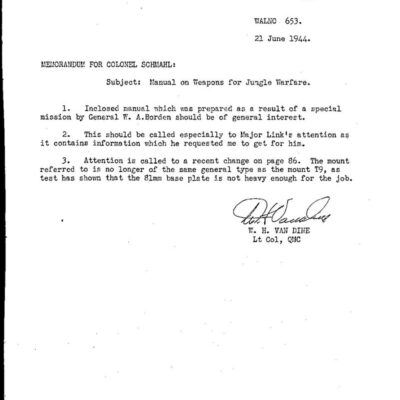
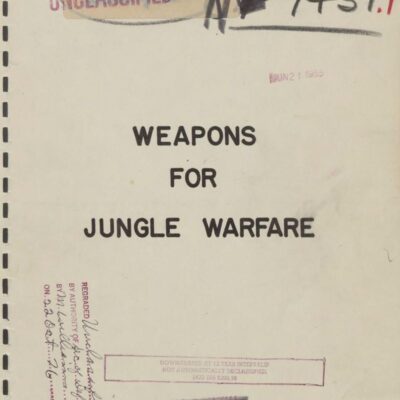
World War II Manual on Weapons for Jungle Warfare (1944)
$1.99 Add to Cart -
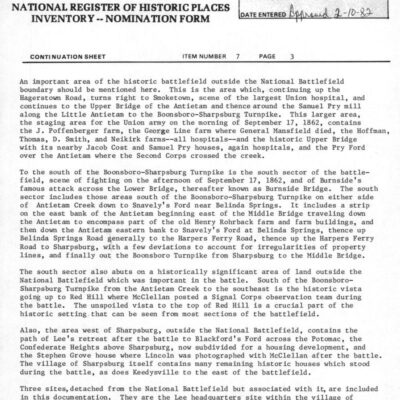

Civil War: Battle of Antietam (Sharpsburg) – National Park Service Archives
$9.99 Add to Cart -
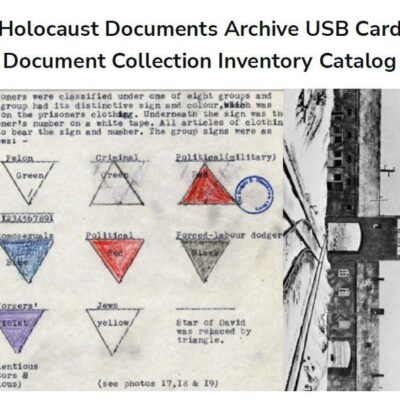
Holocaust Document Archive PDF file – Inventory Catalog of Document Collection
$3.94 Add to Cart -

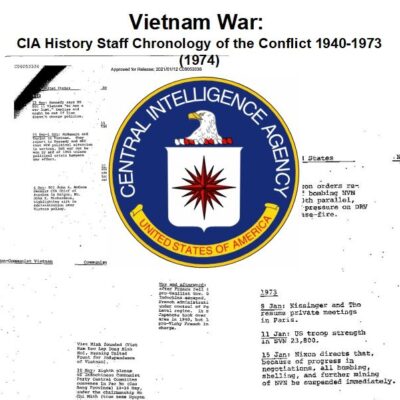
Vietnam War: CIA Chronology of the Conflict, 1940-1973 (1974)
$1.99 Add to Cart